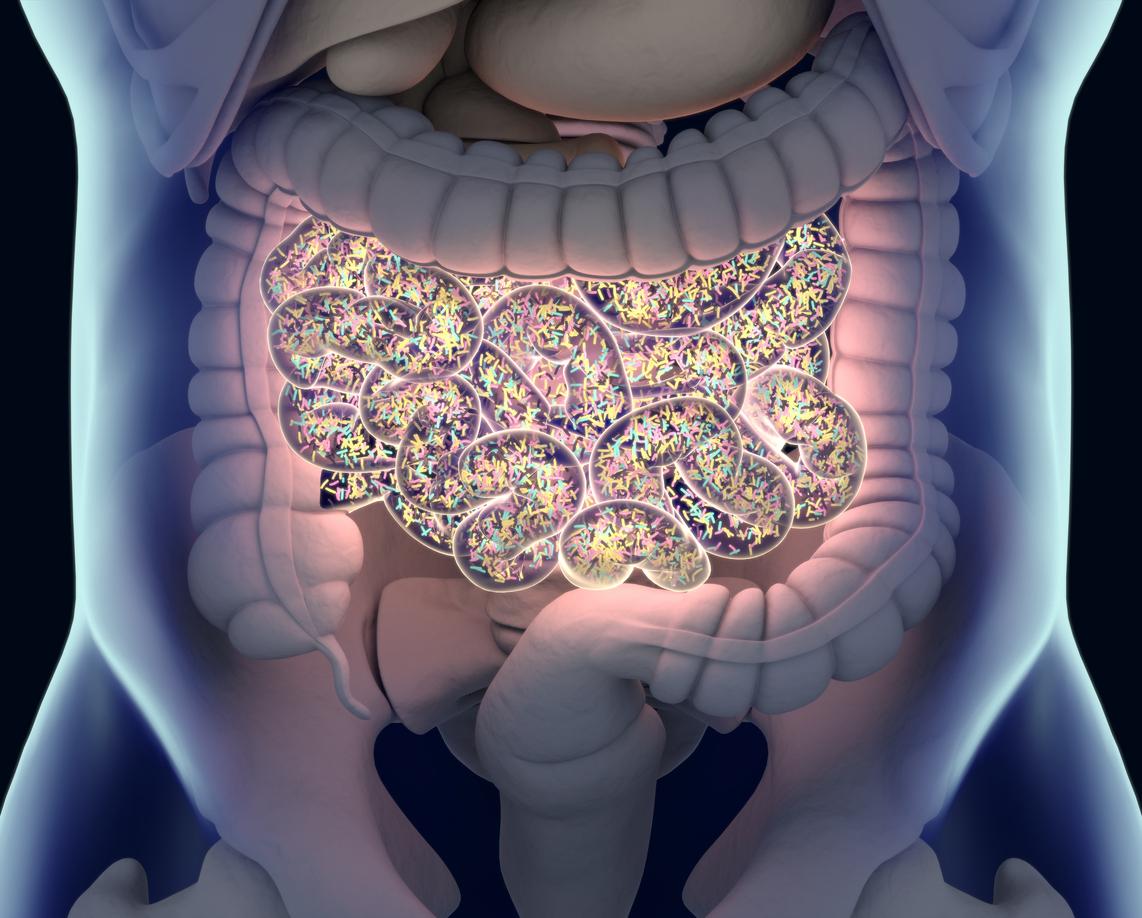
The United Kingdom's National Health Service (NHS) announced yesterday that pharmaceutical companies applying for a contract through its antibiotic subscription model will have to prove they are meeting responsible antibiotic manufacturing standards.
The first-of-its kind NHS Antimicrobial Product Subscription Model pays companies a fixed annual fee for antibiotics based on their value to the NHS rather than on the volume of antibiotics sold.
The aim of the program is to incentivize research and innovation in the antibiotic development sector by providing a guaranteed financial return. Antibiotic development has lagged in recent years because of the limited revenue that antibiotics produce, and global health officials are concerned that the lack of new antibiotics will exacerbate the rise in antimicrobial resistance (AMR).
Going forward, the NHS will require companies that submit a tender for a contract to comply with the BSI Kitemark for Minimized Risk of AMR certification. The certification was developed by the British Standards Institute (BSI) and the AMR Industry Alliance in 2023 to confirm that antibiotic manufacturers are appropriately controlling waste streams containing antibiotics and other drug products. It was created to address concerns that the release of antibiotic residues into waterways by antibiotic manufacturers is contributing to the spread of AMR.
Promoting trust in the antibiotic supply chain
"Taking action against the growing threat from AMR and reducing waste discharge from the manufacturing process into the environment will help safeguard patients, protect antibiotic efficacy for future generations and help support the long-term fight against AMR, accelerating progress towards a sustainable world," BSI Global Director of Healthcare Sustainability Courtney Soulsby said in a BSI press release.
More than 25 antibiotic products to date have achieved certification under the program. But Melissa Mitchell, MBA, of the AMR Industry Alliance says requiring certification through the procurement process will provide an additional incentive.
"By introducing an incentive to companies to certify their responsible antibiotic manufacturing within the procurement process, the model will further support efforts to tackle AMR by reducing antibiotic discharge while promoting a greater level of trust and verification to the antibiotic supply chain," she said in an AMR Industry Alliance press release.

















